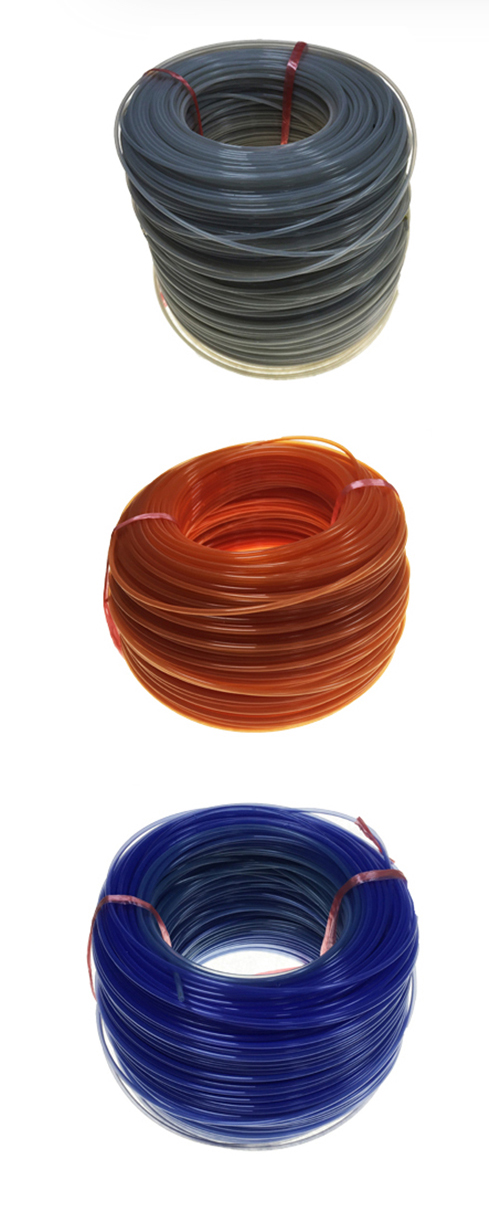[China Aluminum Network] Copper-clad aluminum (CCA) and pure copper are the two main types of conductors used in cables, each with its own advantages. CCA is a composite material where a layer of copper is coated over an aluminum or aluminum-steel alloy core. This type of conductor was first developed in Germany during the 1930s and later adopted in the UK, US, and France. In the U.S., copper-clad aluminum wire was introduced for CATV cables as early as 1968, and it now consumes around 30,000 tons annually. Many countries have since replaced traditional copper cables with CCA cables due to their cost-effectiveness and performance. In China, the use of CCA cables has also grown significantly, with industry standards like SJ/T11223-2000 being established in 2000 to promote their adoption. Cities such as Shanghai, Guangzhou, Zhejiang, and Liaoning have already started using them, and the results have been promising.
Copper-clad aluminum is designed with a copper layer that is at least 0.55mm thick after drawing. Due to the skin effect in high-frequency signal transmission, most of the current flows on the surface of the conductor. For cable TV signals, which typically operate above 0.008 mm, the copper layer of CCA is sufficient to ensure signal quality. The electrical characteristics of CCA are nearly identical to those of pure copper of the same diameter, making it a suitable alternative in many applications.
When comparing copper-clad aluminum and pure copper, several factors come into play:
Mechanical Properties: Pure copper has higher tensile strength and elongation compared to CCA, giving it better mechanical performance. However, in practical applications, this may not always be necessary. CCA is lighter and softer than copper, which makes cables easier to handle, transport, and install. This can be especially beneficial in large-scale projects.
Electrical Performance: While aluminum has lower conductivity than copper, the difference in DC resistance is not significant for most applications. However, when power is supplied through the cable—such as to amplifiers—CCA may result in more voltage drop and higher power consumption. At frequencies above 5 MHz, the skin effect ensures that current flows mainly on the copper surface, making the performance of CCA and copper almost indistinguishable. This means that for high-frequency signals, both materials perform equally well.
Economic Benefits: Although CCA may cost more per unit weight than pure copper, it is much longer per kilogram, making it more cost-effective when measured by length. Additionally, its lighter weight reduces transportation and installation costs, offering long-term savings. This makes it an attractive option for large-scale deployments.
Maintenance and Reliability: CCA cables are less prone to issues caused by thermal expansion. Since the thermal expansion coefficients of copper and aluminum differ significantly, pure copper cables can experience problems in extreme temperatures—like "cutting cores in winter and shearing in summer." CCA, however, has a smaller coefficient difference, reducing these issues and improving network stability and signal quality over time.
In summary, copper-clad aluminum offers a balanced combination of performance, cost, and practicality. It is particularly well-suited for RF coaxial cables and has proven to be a reliable and efficient alternative to pure copper in many applications. As demand for copper increases and supply becomes tighter, the use of CCA is becoming an increasingly viable solution for the wire and cable industry.
The pump tube of our company has a beautiful appearance, and the color of straight tube and accessories is transparent. It can be folded during storage, takes up little space, is corrosion-resistant, cold-resistant, pressure-resistant, not easy to age, and does not deform. The company has focused on fluid control technology for 7 years. The main products are Teflon tube, PVC transparent fluid hose, Peristaltic Pump tube, pump control system, etc. Our products are widely used in medical machinery, Laboratory equipment, water treatment, printing and automotive products. Products can be customized according to your special requirements.

Teflon tube,PVC transparent fluid hose,Peristaltic pump tube,PVC vacuum tube
Changzhou Yuanwang Fluid Technology Co., Ltd. , https://www.ywfluid.com